The Principality of Andorra
Wednesday, 14th November 2012 by Ian Brown
Straddling the mountainous border between Spain and France, the tiny nation of Andorra is the sixth-smallest country in Europe, with an area of only 468km2 (181 sq miles).
Although the satellite imagery is generally poor1, Google recently released Street View imagery of almost all of the Principality's 280km (170 miles) of roads, revealing just how spectacular the scenery can be in the Pyrenees.
About half of the country's 85,000 citizens live in the main urban area which encompasses the country's two largest towns. Strung along a valley floor and ringed by mountains, this includes the capital, Andorra la Vella - the highest capital city in Europe - and neighbouring Escaldes-Engordany.
Unfortunately, Andorra's historic Parliament building - the Casa de la Vall - is tucked away in a maze of streets that were too narrow for the Street View car to navigate, however these days most of the administration's work takes place in the more modern General Council building nearby.
Andorra is a tax haven, so despite its tiny size and population the capital has many streets lined with high-end shops where visitors take advantage of duty-free shopping.
This gleaming glass building may look like a modern cathedral, but it is actually a temple of health - a luxury spa with a wide range of thermal bathing options.
Quite a few of the city's public spaces are adorned with large-scale art.
With very little flat land available for farming, even in Andorra la Vella small level areas are taken advantage of to grow crops.
Sports stadiums also need large flat areas, so the eight teams in Andorra's football league share two facilities between them, which must make home/away rivalries somewhat confusing. One is in the capital, the other in Aixovall, just a few kilometres to the south-west.
In contrast to its modern wealth, Andorra has a number of centuries-old landmarks, including La Margineda Bridge to the west of the capital, which dates to the 12th century.
Of similar vintage are many well-known places of worship, such as the Church of Sant Esteve near the Casa de la Vall.
In Escaldes-Engordany the Church of Pere Martir is considerably newer, with construction having begun in 1956.
However, there are many Romanesque churches throughout the country, including Sant Marti Church in La Cortinada and the Church of Sant Joan de Caselles near Canillo.
North-east of the capital is a shrine dedicated to Andorra's patron saint, Our Lady of Meritxell, marking the location where it is believed that a statue of the Virgin and Child was found in the 12th Century. The original statue and chapel were destroyed by fire in 1972. A replica of the statue is house in the modern replacement chapel.
But it is the Pyrenean scenery which brings large numbers of skiers, climbers and hikers to Andorra. Outside the capital and other small towns, roads zig-zag up the mountainsides with countless hairpin bends which must have tested the nerve of the Street View driver...
... though the views are rewarding for those of us sitting at home, whether of spectacular scenery...
... or picturesque mountain villages.
Soldeu is one of the most popular ski stations, near the north-eastern border with France.
Encamp, in the centre of the country, is another popular destination and you can even do some climbing right by the side of the road.
Nearby is a giant sculpture called The Ring of Ordino, though we prefer to think that it is some form of Stargate.
Andorra has two border crossings - one in the south-west with Spain, the other in the north-east with France (either via a tunnel or through the town of El Pas de la Casa. For some reason I find it surprising that the Street View images go all the way through the official border posts.
Reliant on the two countries that surround it, Andorra can be seen as an interesting mix of both Southern France and Northern Spain. While Catalan is the country's official language, French is widely used. And the country is technically jointly ruled by a Catalan Bishop and the French President - the latter being an elected monarch, though not voted for by the people of Andorra!
We'll end with one final look at the breathtaking mountains of Andorra. To learn more, Wikipedia has detailed information and the official tourism site is very useful.
-
The single previous mention of Andorra here on Google Sightseeing was in last year's Stuck at the Border post. ↩︎
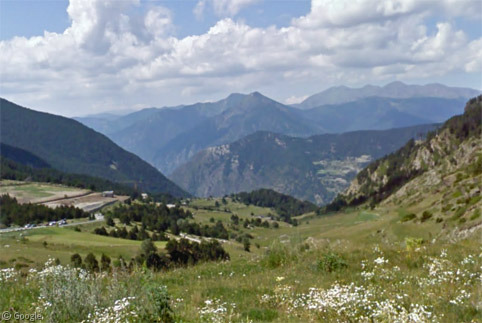
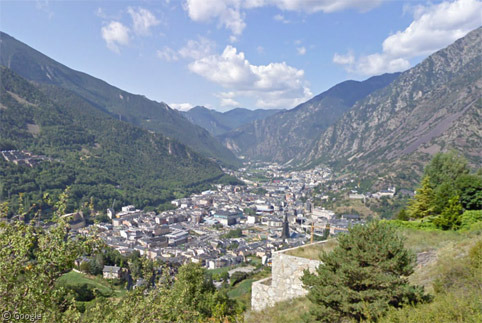
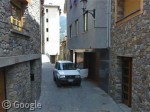
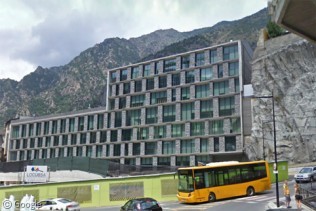
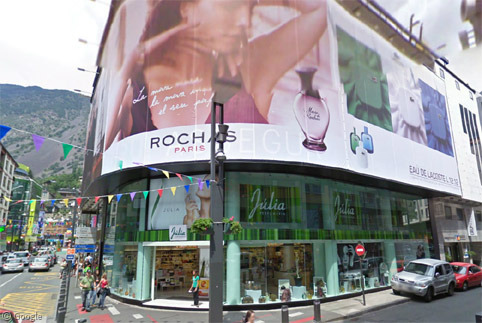
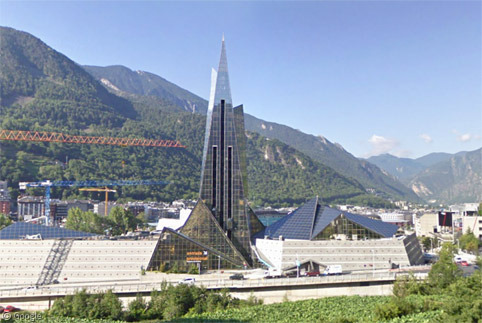
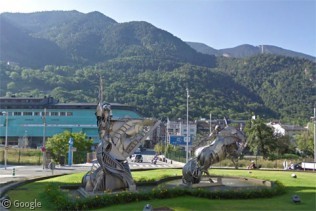
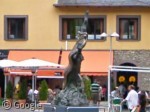
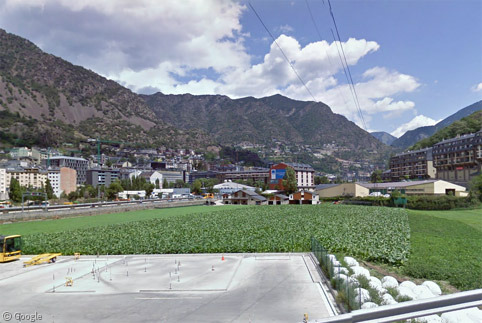
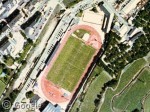
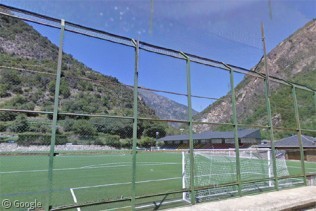
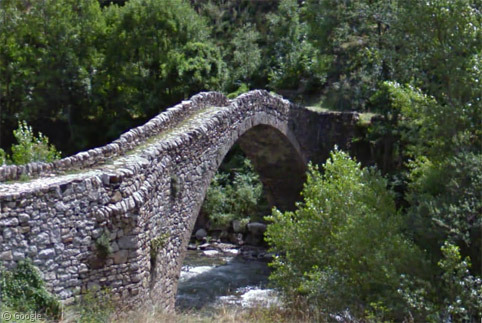
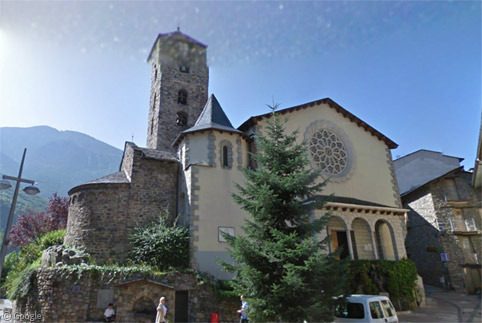
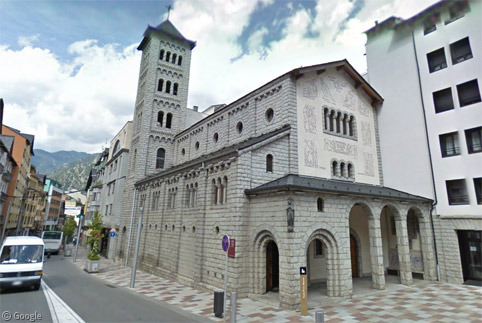
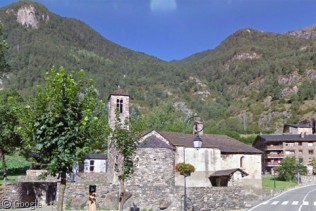
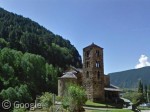
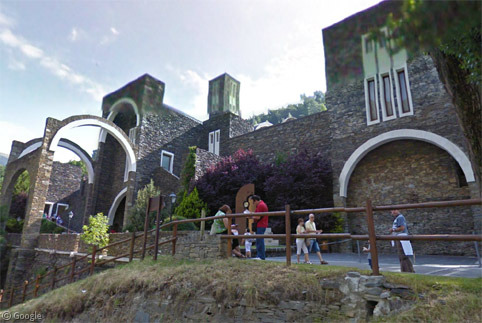
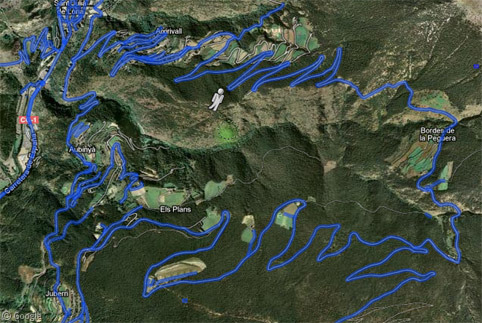
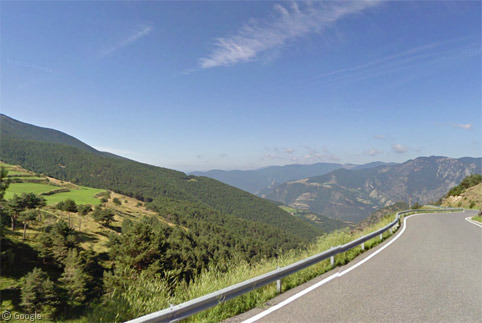
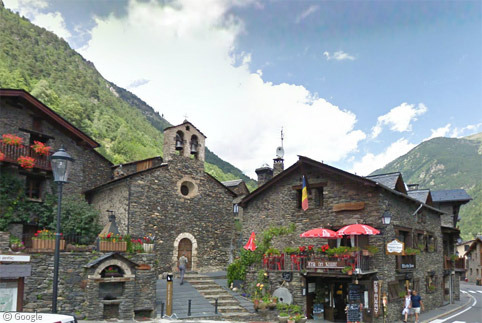
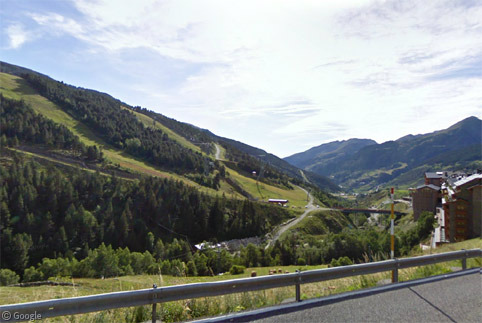
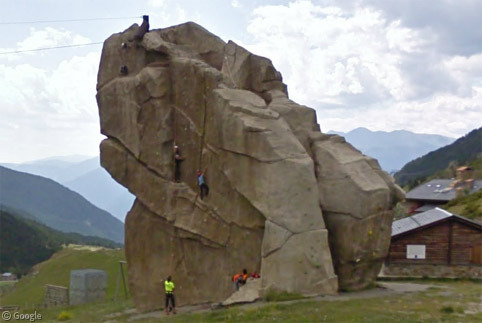
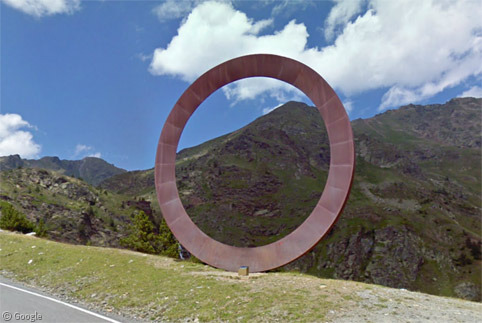
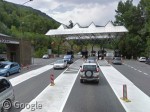
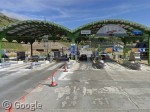
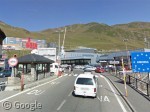
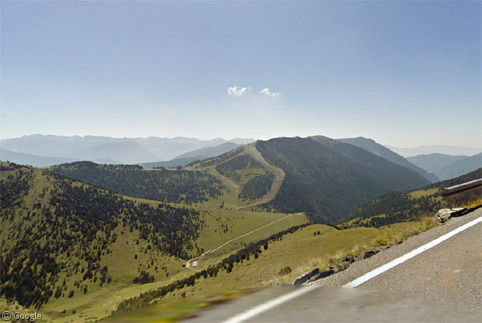
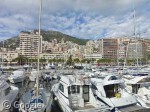
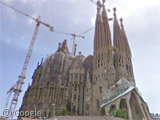
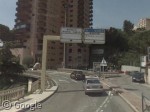
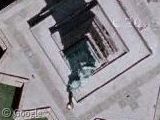
I remember driving through Andorra la Vella years ago. There was different music blaring at ear-splitting levels from all the various shops on the main strip. It was so horrendous that we didn’t even stop. We just turned around and went right back to France. And while the scenery was certainly spectacular, there seemed to be an atrocious eye-sore of a hotel at most beauty spots, ruining the view (unless you happened to be on one of their balconies …). So all in all I think I’ll continue to pass on returning to Andorra 😉